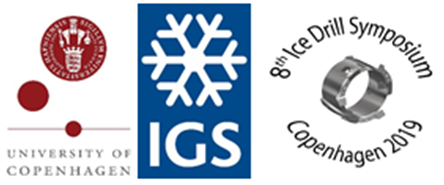Speaker
Description
Accurate and reliable near-surface temperature is a critical input factor in ice model for assessing the mass and energy balance of polar ice sheet. Using a 10m temperature chain installed at Taishan station during the 2015/2016 Chinese Antarctic Research Expedition, a vertical profile of the high-precision near-surface snow temperature spaced at 0.1 m was obtained. The temperature dataset is continuous for 20 months. To assess the influence of heat transfer processes of the near-surface snow and ice, we analysis the daily, monthly and seasonal variations of the near-surface snow temperatures, and compare the measurements with a thermal model of the ice sheet. The results showed that the amplitude of snow temperature fluctuation decreases with depth, and the peak and trough of temperature fluctuation in phase lags more than 100 days when conducting downward from surface to 10 m depth. The 10 m snow temperature is close to the mean annual air temperature, and the near-surface snow temperature is anomalously warmed by 1℃ than the estimated near-surface air temperature from the ground temperature inversion in the plateau area. Modelling experiments presented that the observed snow temperatures at different depths are good agreement with simulated results. The temperature profiles in winter and summer or spring and autumn are opposite but not completely symmetrical, and imply the regional characteristics of “short summer, long winter”.

